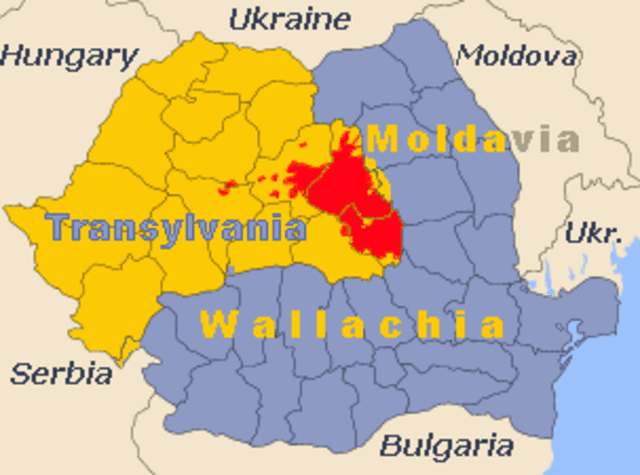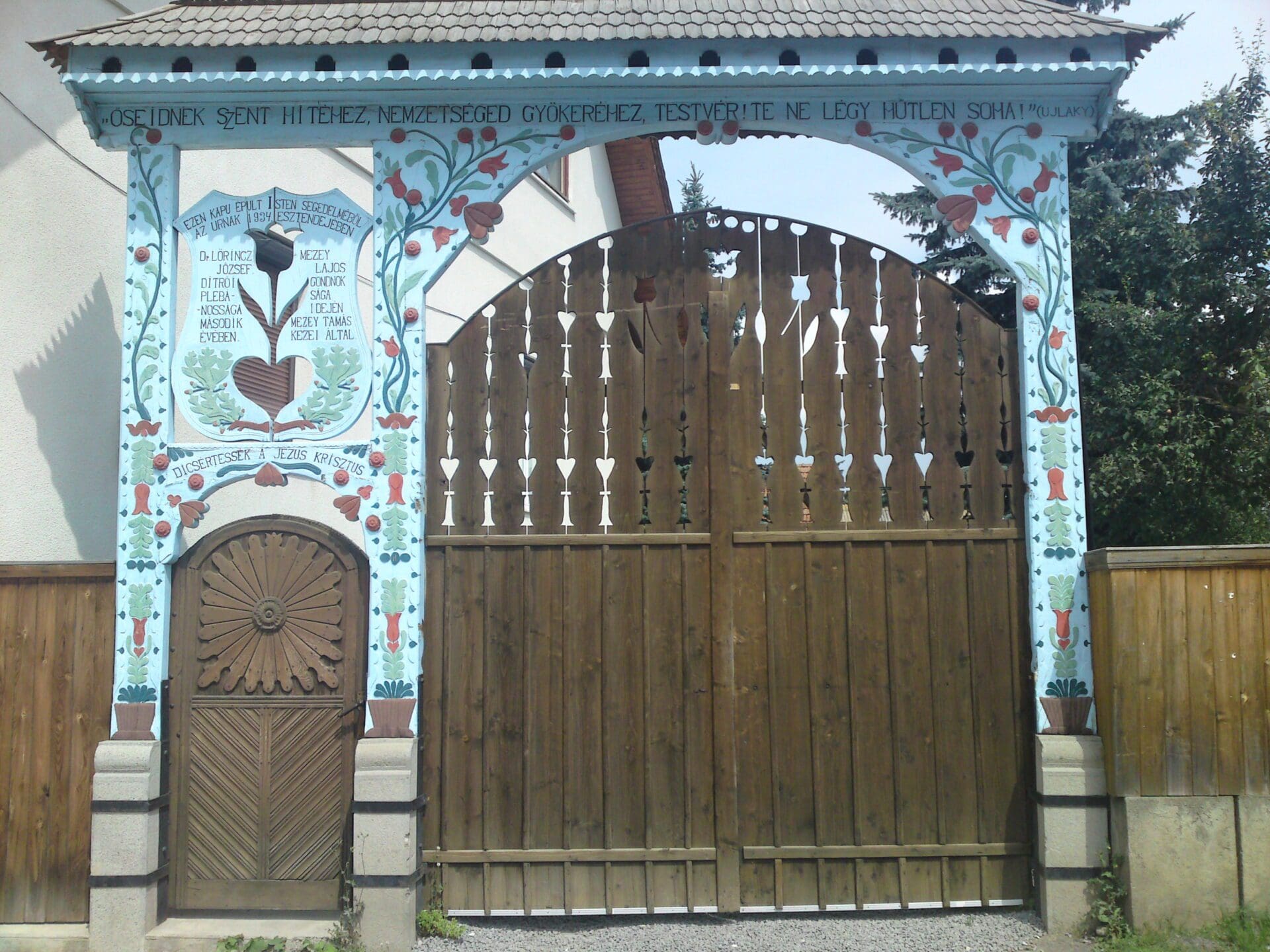As a result of the Treaty of Trianon after World War I and the Paris Peace Treaties of 1947 after World War II, Transylvania (including the Partium, Inner-Transylvania, and the eastern parts of the Banat) became part of Romania, too. Thus, Szeklerland (Székelyföld in Hungarian) also came under the authority of a foreign country. From the time of the regime change to the present day, the solid community of Hungarians living in Romania has regularly requested, and is requesting, unfortunately so far without success, the right to autonomy, which should normally be enjoyed by all communities that claim it within the European Union. At best, Romania’s political elite bury their heads in the sand; at worst, they do not even want to hear about the demands of the Hungarian minority living in the Eastern Carpathians and, bullying them, they say that the Szeklers, who are not even Hungarians, are coming forward with their separatist demands at the instigation of the Hungarian Government. But what is worth knowing about the Hungarian ethnic group that has been continuously oppressed for more than a hundred years and has survived even the harshest assimilation efforts in Romania?

In the last two hundred years, the Szeklers have been associated with almost all kinds of peoples who lived in the area of Transylvania before the Hungarian conquest of the Carpathian Basin (such as the Huns, the Gepids, the Avars, and the Bulgarian Slavs), or with whom Hungarians came into contact during the Migration Period (such as the Khazars, the Caucasian Kabardians, the Pechenegs, the Cumans, and the Jász). On the Romanian side, without any scientific evidence,
many people considered, and still consider, the Szeklers to be none other than ‘Hungarianised’ Romanians.
Hungarian chronicles first mention the Szeklers in the Battles of Olšava in 1116 and Lajta in 1146, as those who, together with the Pechenegs, formed the vanguard of the Hungarian army. All this suggests that the Szeklers could later join the Hungarians, asking for their protection, and, according to the Turkish traditions of the time, they formed their garrisons (vanguards and rear guards) when going to war. According to documentary records and geographical names, during the Árpád Dynasty, the Szeklers lived in various regions of the country, primarily near the border fortifications (a system of western Hungarian border fortifications during the 10th to the 13th centuries).
With the exception of those who moved to Transylvania, the others lost their territorial-national distinction by the end of the 14th century. The settlement of the Szeklers in Transylvania—presumably being preceded by the consolidation of their scattered groups—was probably connected with the increased Pecheneg attacks in the 11th century and the extension of the Hungarian border fortification to the Carpathian watershed. Most of Szeklerland was covered by dense forests when the Szeklers settled, and soon the area’s residents all spoke Hungarian. There might have originally been non-Hungarian-speaking, Turkish ethnic groups among them as well, but after their accession, they became only a minority.
As defenders of the eastern and south-eastern borders, the Szeklers did not come under the authority of landlords. They tithed in animals and paid a periodic tax to the king throughout the Middle Ages. For instance, on the occasion of royal coronations, weddings and the birth of a first son, oxen were given to the king according to a specific order with the stamp of the Szeklers on them.
By the 14–15th century,
these organised clans disappeared and were replaced by territorial self-governing units based on the organisation of the Szekler Sedes
(meaning ‘seats’ in Latin), an alliance of the seven autonomous Szekler seats (Universitas Siculorum septem sedium Siculicalium), which was headed by the Szekler land-steward. After the Szekler settlement, Romanians and Saxons also sporadically settled among them, but they soon lost their separate language and nationality. Throughout history, the Szeklers have always had a strong sense of being different from the residents of other counties that did not have the same privileges.
According to recent research, the genetic heritage of the Szeklers is more Asian and Middle Eastern than European, something radically different from the genetic composition of the surrounding peoples. Of course, those who follow the genetic research of peoples may remark that there is nothing new in those findings, as research in 2008 and 2009 also confirmed that the presence of Eastern genes is higher among the Szeklers than other Hungarian (except for the Moldavian Csángos) and of course than among other European populations. In other words, the Szeklers have probably better preserved the Eastern heritage of their forebears than other ethnic groups in the area and, in all probability, also the genomes of the European Huns.
Related articles:








